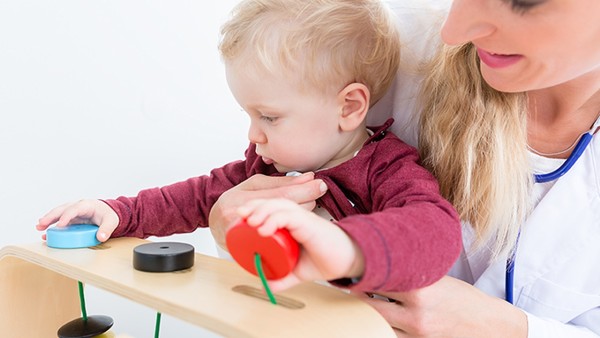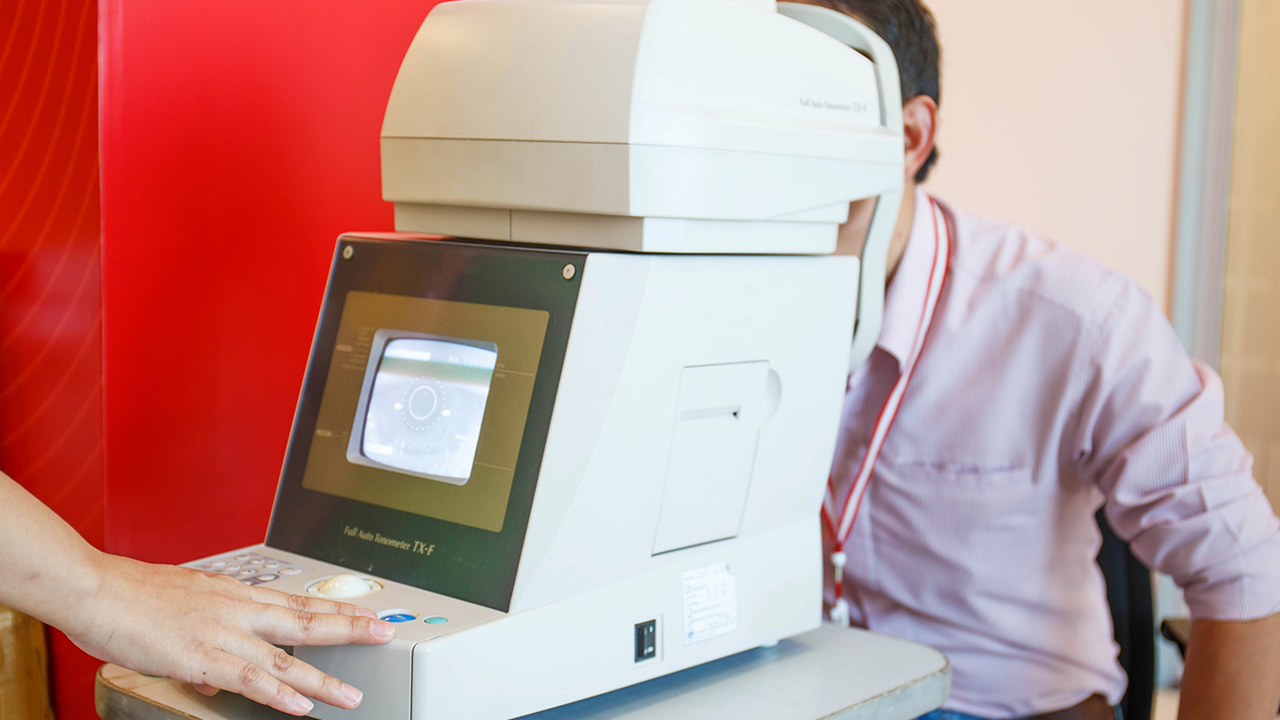What to Do if a Child Has Several Spots of Vitiligo on His Head

Understanding Vitiligo
Vitiligo is a skin condition that causes the loss of skin pigment, resulting in white or pale patches of skin. It can affect any area of the body, including the head. While vitiligo is not dangerous, it can be emotionally distressing for children, particularly if the patches are visible on the face or head.
Causes of Vitiligo
The exact cause of vitiligo is unknown, but it is thought to be an autoimmune disorder, in which the body's immune system attacks the pigment-producing cells in the skin. This leads to a loss of melanin, which is the pigment that gives skin its color.
Symptoms of Vitiligo
The primary symptom of vitiligo is the appearance of white or pale patches of skin. These patches can be of varying sizes and shapes and can appear anywhere on the body. In children, vitiligo often first appears on the face, head, or hands.
Diagnosis of Vitiligo
A dermatologist can diagnose vitiligo based on a physical examination of the skin. In some cases, a skin biopsy may be performed to confirm the diagnosis.
Treatment of Vitiligo
There is no cure for vitiligo, but various treatments can help to manage the condition. These treatments include:
Topical treatments: Topical medications, such as corticosteroids or calcineurin inhibitors, can help to reduce inflammation and suppress the immune system in the affected area.
Light therapy: Light therapy can help to stimulate the production of melanin in the skin. This treatment involves exposing the affected area to ultraviolet light.
Surgery: In some cases, surgical procedures, such as skin grafts or melanocyte transplants, may be considered to restore pigment to the affected area.
Emotional Impact of Vitiligo on Children
Vitiligo can be emotionally challenging for children, especially if the patches are visible on the face or head. Children with vitiligo may experience feelings of anxiety, low self-esteem, and social isolation. It is important for parents and caregivers to provide emotional support and reassurance to children with vitiligo.
Coping with Vitiligo
There are several things that children and parents can do to cope with vitiligo:
Educate yourself about the condition: Learn as much as you can about vitiligo, including its causes, symptoms, and treatment options.
Talk to a therapist or counselor: A therapist or counselor can help children and parents to understand and cope with the emotional challenges of vitiligo.
Connect with others: Joining support groups or online communities can provide support and encouragement to children and parents affected by vitiligo.
Use makeup or camouflage: Children may opt to use makeup or camouflage to conceal the affected areas.
Promote self-esteem: Help children to develop a positive self-image and focus on their strengths and abilities rather than their vitiligo.
Conclusion
While vitiligo can be a challenging condition, it is important to remember that it is not dangerous or contagious. With proper diagnosis, treatment, and emotional support, children with vitiligo can live healthy and fulfilling lives.
The above is all the content that the editor wants to share with you. I sincerely hope that these contents can bring some help to your life and health, and I also wish that your life will be happier and happier.
Topic: #if #child #has- • How to care for women’s breast health. If a woman is too angry, her breasts will
- • What to do if diarrhea persists in the late stage of gastric cancer
- • What to do if a child's bronchitis cough persists for a long time
- • What to do if mite allergic rhinitis recurs
- • What to do if a child with epilepsy rolls his eyes upward
















